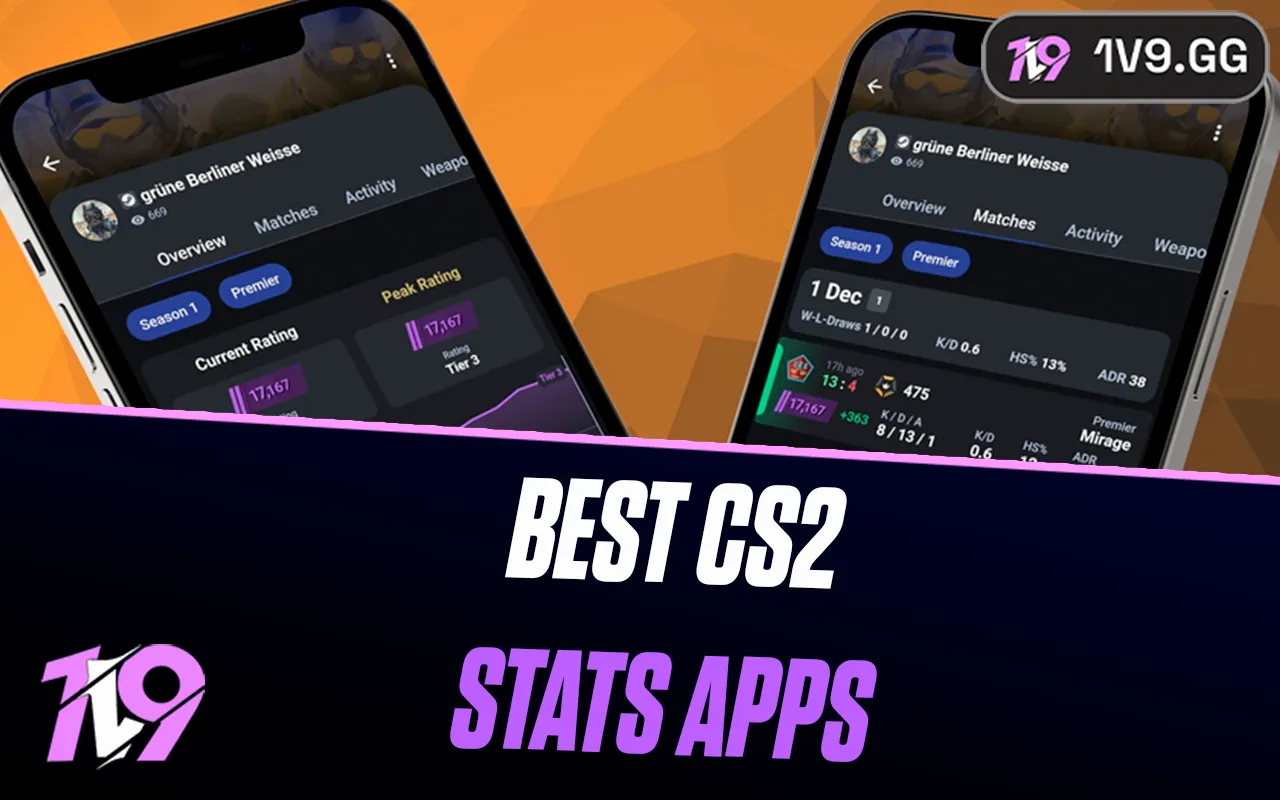
Overwatch 2: Best Graphics Settings
Overwatch 2 is a fast-paced, hero-based shooter where quick reactions, high FPS, and clear visuals can make all the difference in competitive play. While the game offers stunning visuals, maximizing performance should always be the priority, especially if you’re aiming for smooth gameplay and fast response times.
Optimizing your graphics settings can boost FPS, reduce input lag, and improve enemy visibility, ensuring you can track targets more effectively and react instantly. Whether you’re playing on a low-end PC and need better performance or a high-end system and want high-quality visuals without sacrificing FPS, adjusting your settings correctly will help you get the best experience.
In this guide, we’ll cover the best graphics settings for Overwatch 2 to help you achieve a balance between performance and visual clarity, so you can stay focused on your team fights, land precise shots, and climb the ranks.
Best Performance Graphics Settings for Overwatch 2

For the best performance in Overwatch 2, optimizing your graphics settings is essential, especially if you’re on a low or mid-range PC and need higher FPS for smoother gameplay. Prioritizing performance over visual effects helps reduce input lag, boost responsiveness, and maintain stable frame rates, giving you a competitive edge in fast-paced matches.
Start by setting your resolution to your monitor’s native display to maintain sharp visuals without unnecessary scaling and always use full-screen mode to reduce distractions and improve FPS stability. Lower texture quality, effects detail, and shadow detail to free up system resources, while disabling dynamic reflections and ambient occlusion can significantly increase FPS. Set lighting and fog detail to Low to remove unnecessary environmental effects that don’t impact gameplay.
To ensure maximum responsiveness, disable V-Sync to avoid input lag, turn off anti-aliasing to improve reaction times, and set physics interactions to Low to prevent unnecessary processing load. Keep refraction quality and local reflections off for additional performance gains. Enable NVIDIA Reflex (if available) to reduce system latency, making your aim and movement feel more responsive.
For additional FPS improvements, close background applications like web browsers and Discord, update your GPU drivers, and disable Windows Game Mode to prevent unnecessary background processes from interfering with performance. With these optimized settings, you’ll achieve higher FPS, smoother gameplay, and better reaction times, allowing you to focus purely on winning fights in Overwatch 2.
Best High-End Graphics Settings for Overwatch 2

For players with a high-end PC, optimizing graphics settings in Overwatch 2 is about achieving the perfect balance between high FPS, visual clarity, and responsiveness. Since Overwatch 2 is a fast-paced shooter, maintaining smooth performance while enhancing enemy visibility is key to staying competitive.
Start by setting your resolution to your monitor’s native display for sharp visuals and using full-screen mode to minimize input lag. Set texture quality to High or Ultra to improve environmental and character detail without affecting FPS significantly. Keep model detail, effects detail, and shadow detail at Medium or High for better clarity while avoiding unnecessary distractions. Turn on anti-aliasing (FXAA or SMAA) to smooth edges without a heavy performance cost, and set anisotropic filtering to 8x or 16x to sharpen textures.
To ensure fluid gameplay, enable NVIDIA Reflex (if available) to reduce system latency, set V-Sync to Off to prevent input lag, and keep frame rate capped to match your monitor’s refresh rate for the smoothest experience. Dynamic reflections and local reflections can be set to Medium or Low for a balance between visuals and performance. Ambient occlusion and fog detail should be kept at Low or Medium to maintain FPS stability without sacrificing too much visual depth.
For a high-refresh-rate experience, disable motion blur and depth of field to avoid unnecessary visual effects that can hinder target tracking. Keeping your GPU drivers updated and closing unnecessary background applications will further help stabilize FPS and reduce stuttering. With these optimized high-end settings, you’ll enjoy stunning visuals, high FPS, and ultra-responsive gameplay, ensuring you stay sharp in every fight.
Conclusion
Optimizing your graphics settings in Overwatch 2 is essential for achieving the best balance between performance, visual clarity, and responsiveness, whether you’re aiming for maximum FPS on a low-end PC or high-quality visuals on a high-end system. Competitive players should prioritize high frame rates, low input lag, and clear visibility by disabling unnecessary effects like shadows, motion blur, and ambient occlusion, while those with powerful systems can enhance their experience by increasing texture quality, anti-aliasing, and anisotropic filtering without compromising performance. Regardless of your setup, fine-tuning your settings will ensure smoother gameplay, better reaction times, and a more immersive experience, allowing you to focus on precise aiming, fast movements, and dominating matches in Overwatch 2.
Posted On: February 16th, 2025
Recent Articles
💬 Need help?
Our 1v9 support team is available 24/7 to help you with any questions or issues you may have.
support@1v9.gg
Loading...
1v9.gg is not endorsed or affiliated by any game developers or publishers.
2025 1v9, All Rights Reserved, Created By NightDev







